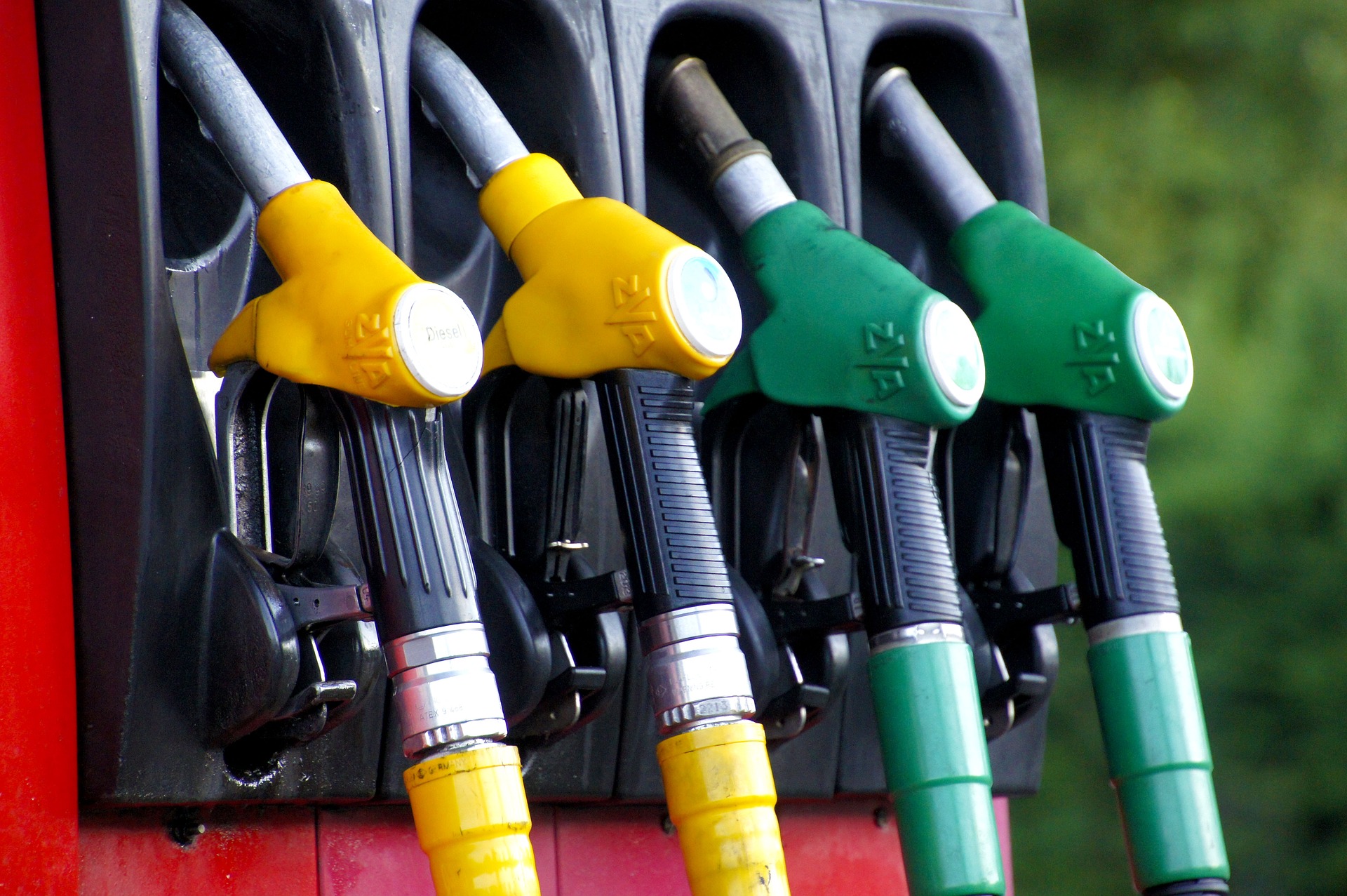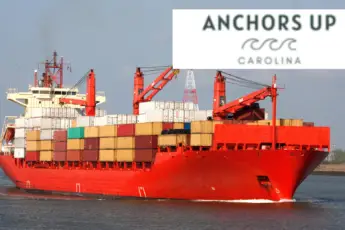Adding fuel to a vessel for one is excellent at emptying a wallet, but it also can be challenging. Environmental regulations are in place to help avoid polluting our waters but navigating the laws can be challenging. While protecting our environment is of the utmost importance, other obstacles are faced when adding gasoline or diesel to a boat. What exactly are some of the safety precautions when fueling your boat.
Two Ways To Fuel Your Boat
When it comes time to refueling, this can be done in two different ways. If you are trailering a boat, pulling up at the neighborhood gas station is the most simple. The second is a fuel dock at a marina.
No matter where you are refueling, these are the most significant steps to avoid an accident:
- Turn off anything that can create a spark, and of course, don’t smoke while fueling.
- Avoid overfilling the tank as it will flow back out and spill.
- Be sure that the area has plenty of ventilation.
- Have absorbent pads to catch any boat gas overflowing.
Gas pumps will flow at different speeds. Some boats are designed to be fueled very quickly, while others are not. Air that is pushed out of the tank when being filled or “pressing the tank” will often burp and shoot gas out of the fill area or vent.
The spewing of gas can result in spillage into the waterways when at a marina dock. Have absorbent pads on hand and wrap the nozzle and surround the filling port so it can quickly soak up any excess gas. Also, a tank does not need to be filled to the brim; about 90% of full capacity is sufficient.
Ethanol-free fuel is best for boat engines because it helps avoid gumming up the inner parts. Marine fuel is most commonly considered ethanol free. Because the fuel does not contain ethanol, boat gas prices are higher in cost.
What Types Of Gas Stations Have Ethanol-Free (E10) Fuel?
When fueling your boat, what should you remember to use? When fueling your boat remember to use E10 fuel. E10 Fuel is a low ethanol fuel thus reducing internal engine damage.
- Marina gas stations.
- Some local drive up gas stations will have E10. Call around in your area ahead of time.
Safety Rules While Refueling A Boat With Gasoline
If you’re wondering what safety precaution should you take while filling the fuel tank of a gasoline-powered boat? Here is what you should what should you do before fueling your boat and during the fueling process.
It is important to know the answer to what should you do before fueling your boat? The answer is preparation. Gather supplies, including oil absorbers and gloves, to prevent spillage and the gas making direct contact with your skin.
An essential safety precaution when fueling your boat is that gas jugs are not allowed to be filled and emptied into a boat that is docked on the water.
Whenever possible, try to fill up the boat at a land-based gas station. The cost per gallon is significantly less than marina fuel docks.
Once the boat is full of gas, this doesn’t mean that other fueling accidents cannot occur. Here are are additional steps if you’re wondering what is a good safety precaution when fueling your boat?
- Be sure that the nozzle is empty or wrap the open end with an absorber to avoid spillage into the boat or water.
- A common mistake is not closing off the tank. Remember to place the cover securely.
- For inboard engines, run the blower fan. Fumes can accumulate and cause an explosion.
- Let the breeze dissipate the fumes before starting the engine.
Boat gas tanks are large; it can take a long time filling a nearly depleted tank. Often spills and accidents happen because the task of adding fuel to a boat is rushed. Yes, the lines can be long at marinas and gas stations but don’t feel pressured. Those around you can wait. However, we are not suggesting to visit the store of the gas station or the marina shop while hogging pumps.
Conclusion: Final Tips For Refueling a Boat
The task of fueling a boat is not as daunting as it sounds. What is more concerning than the process is the cost. Let’s face it, boats burn a lot of gas. Additionally, even small boats come with very large tanks that tallies up the expense quickly. You now know what is a good safety precaution when fueling your boat. Following these steps will make the process seamless. Take it slow and stay focused on the task at hand.








Leave a Comment
You must be logged in to post a comment.